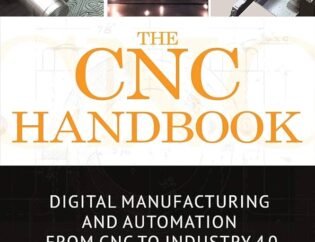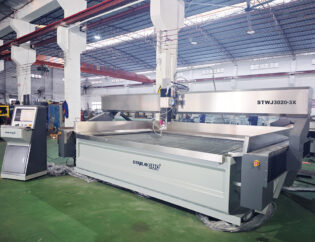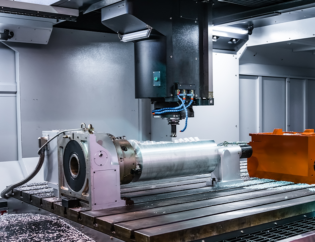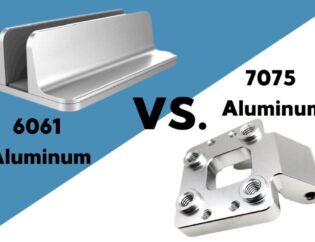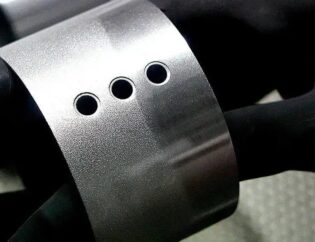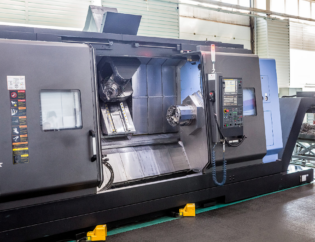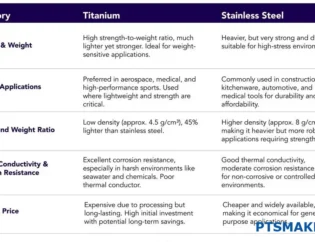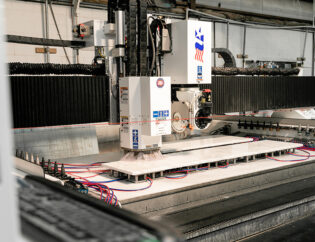Grinding machining is a critical process in the manufacturing industry, known for its precision and efficiency in shaping materials. This guide delves into the intricacies of grinding, exploring its various techniques, tools, and applications. Understanding grinding machining is essential for engineers and machinists aiming to enhance product quality and optimize production processes.
Readers can expect to learn about the fundamental principles of grinding, including the types of grinding machines and their specific uses. We will cover essential topics such as wheel selection, setup procedures, and maintenance practices. By the end of this guide, you will have a comprehensive understanding of how to effectively implement grinding techniques in your projects.
Additionally, this guide will address common challenges faced in grinding operations and provide practical solutions to improve efficiency and accuracy. Whether you are a novice or an experienced professional, the insights shared here will empower you to make informed decisions and elevate your machining skills. Join us as we explore the fascinating world of grinding machining and unlock its potential in your manufacturing endeavors.
Machining 101: What is Grinding?
Grinding is a crucial machining process that involves the use of an abrasive wheel to remove material from a workpiece. This method is widely used in various industries for finishing products and achieving precise surface finishes. In this guide, we will explore the technical features of grinding, its different types, and how it compares to other machining processes.
Technical Features of Grinding
Grinding is characterized by several technical features that make it a preferred choice for many applications. Below is a comparison table highlighting these features:
| Feature | Description |
|---|---|
| Abrasive Material | Grinding wheels are made from various abrasive materials like aluminum oxide, silicon carbide, and diamond. |
| Surface Finish | Grinding provides superior surface finishes, often achieving tolerances of ±0.001 inches or better. |
| Material Removal Rate | The rate of material removal can vary based on the wheel type and workpiece material, typically ranging from 0.1 to 10 mm/min. |
| Heat Generation | Grinding generates heat, which can affect the workpiece. Coolants are often used to mitigate this. |
| Versatility | Grinding can be used on various materials, including metals, ceramics, and composites. |
| Precision | Capable of producing intricate shapes and maintaining tight tolerances. |
Types of Grinding
Grinding can be categorized into several types, each suited for specific applications. The following table outlines the different types of grinding processes:
| Type of Grinding | Description | Applications |
|---|---|---|
| Cylindrical Grinding | Involves grinding the outer surface of a cylindrical workpiece. | Shafts, pins, and bushings. |
| Centerless Grinding | The workpiece is held between two wheels without the need for centering. | High-volume production of small parts. |
| Surface Grinding | Flat surfaces are ground using a horizontal or vertical spindle. | Tooling, dies, and molds. |
| Internal Grinding | Grinding the inner diameter of a workpiece. | Cylindrical parts with internal features. |
| Tool and Cutter Grinding | Used for sharpening and shaping cutting tools. | End mills, drills, and reamers. |
| Blanchard Grinding | A rotary grinding process for large flat surfaces. | Plates and large components. |
Grinding vs. Other Machining Processes
Grinding is often compared to other machining processes like milling, turning, and drilling. Below is a comparison table that highlights the differences between grinding and these processes:
| Machining Process | Material Removal | Surface Finish | Typical Applications |
|---|---|---|---|
| Grinding | Abrasive action | Very fine | Finishing, tool sharpening |
| Milling | Cutting tools | Good | Complex shapes, slots, and grooves |
| Turning | Rotating workpiece | Moderate | Cylindrical parts, threads |
| Drilling | Drill bits | Fair | Creating holes in various materials |
Grinding is particularly advantageous when a high degree of precision and surface finish is required. It is commonly used in industries such as automotive, aerospace, and toolmaking, as seen on platforms like www.mmsonline.com and www.xometry.com.
Conclusion
Grinding is an essential machining process that plays a vital role in achieving precise dimensions and superior surface finishes. Understanding the different types of grinding and their applications can help manufacturers select the right process for their needs. Whether it’s cylindrical grinding for shafts or surface grinding for flat surfaces, grinding remains a cornerstone of modern manufacturing.
FAQs
1. What materials can be ground?
Grinding can be performed on a variety of materials, including metals, ceramics, and composites.
2. How does grinding compare to milling?
Grinding typically provides a finer surface finish than milling, making it ideal for finishing operations.
3. What is the role of coolant in grinding?
Coolants are used to reduce heat generation during grinding, which can affect the workpiece’s properties.
4. Can grinding be used for large parts?
Yes, processes like Blanchard grinding are specifically designed for large flat surfaces.
5. Where can I learn more about machining processes?
Websites like www.practicalmachinist.com and at-machining.com offer extensive resources on various machining techniques.


